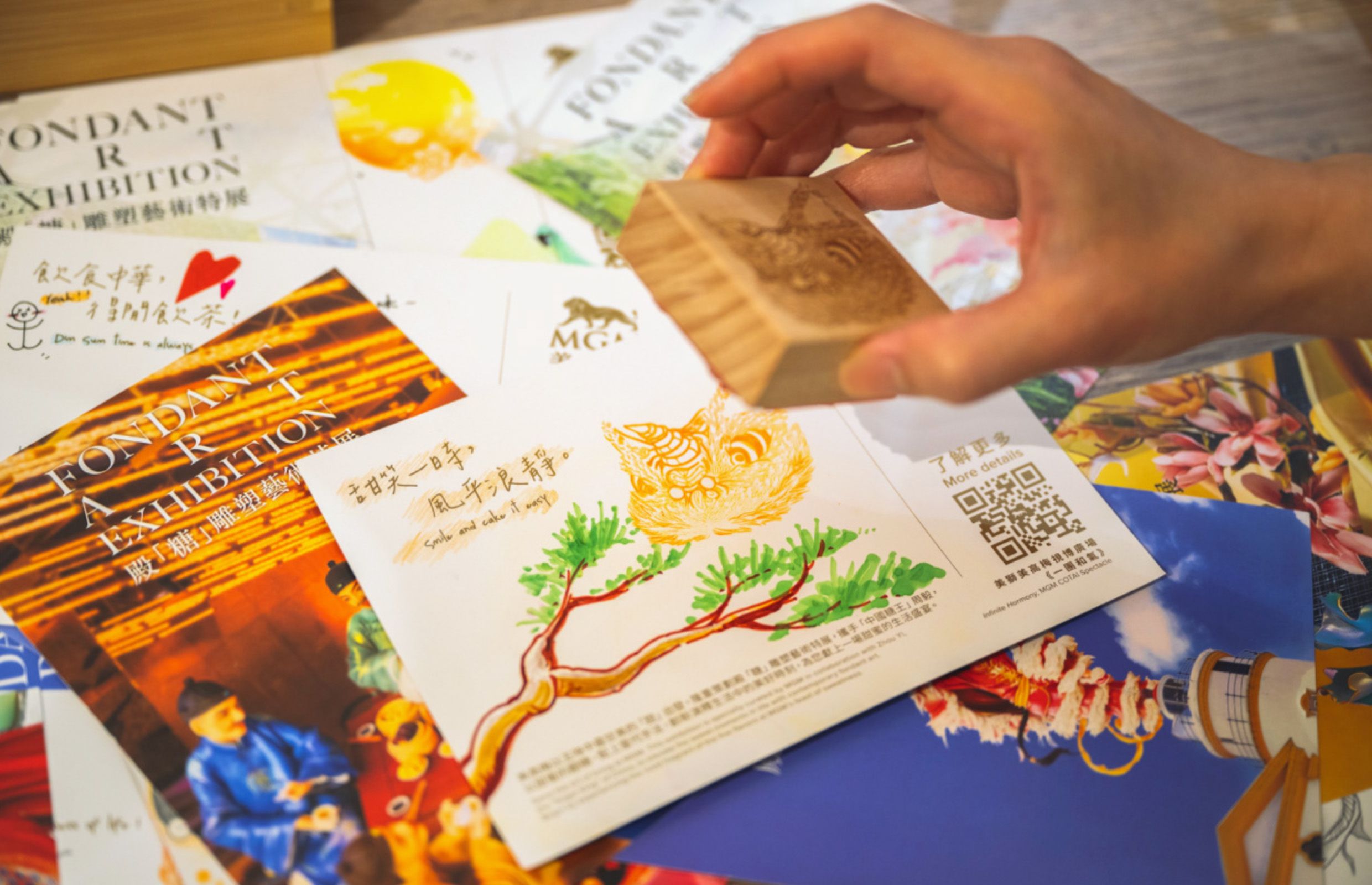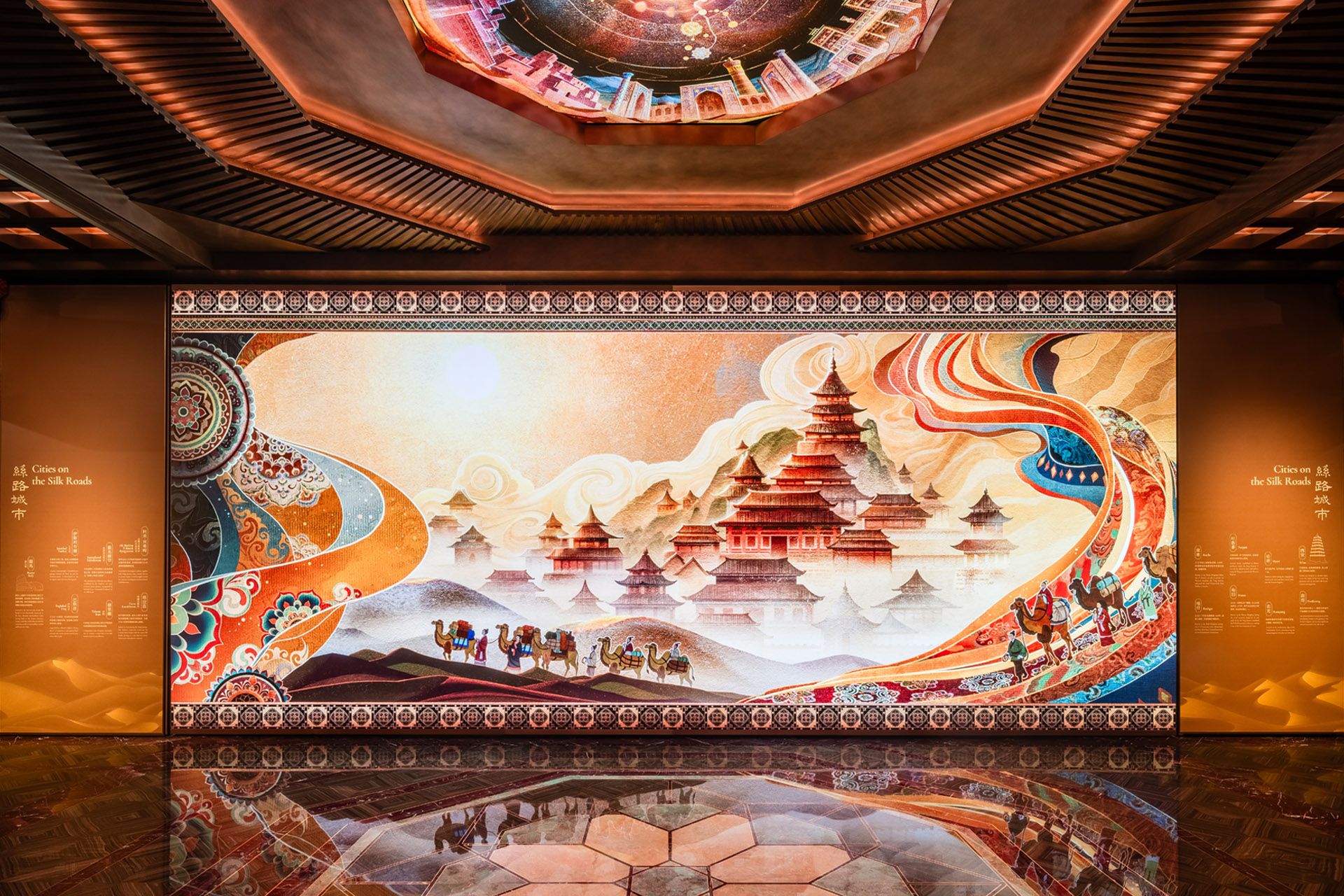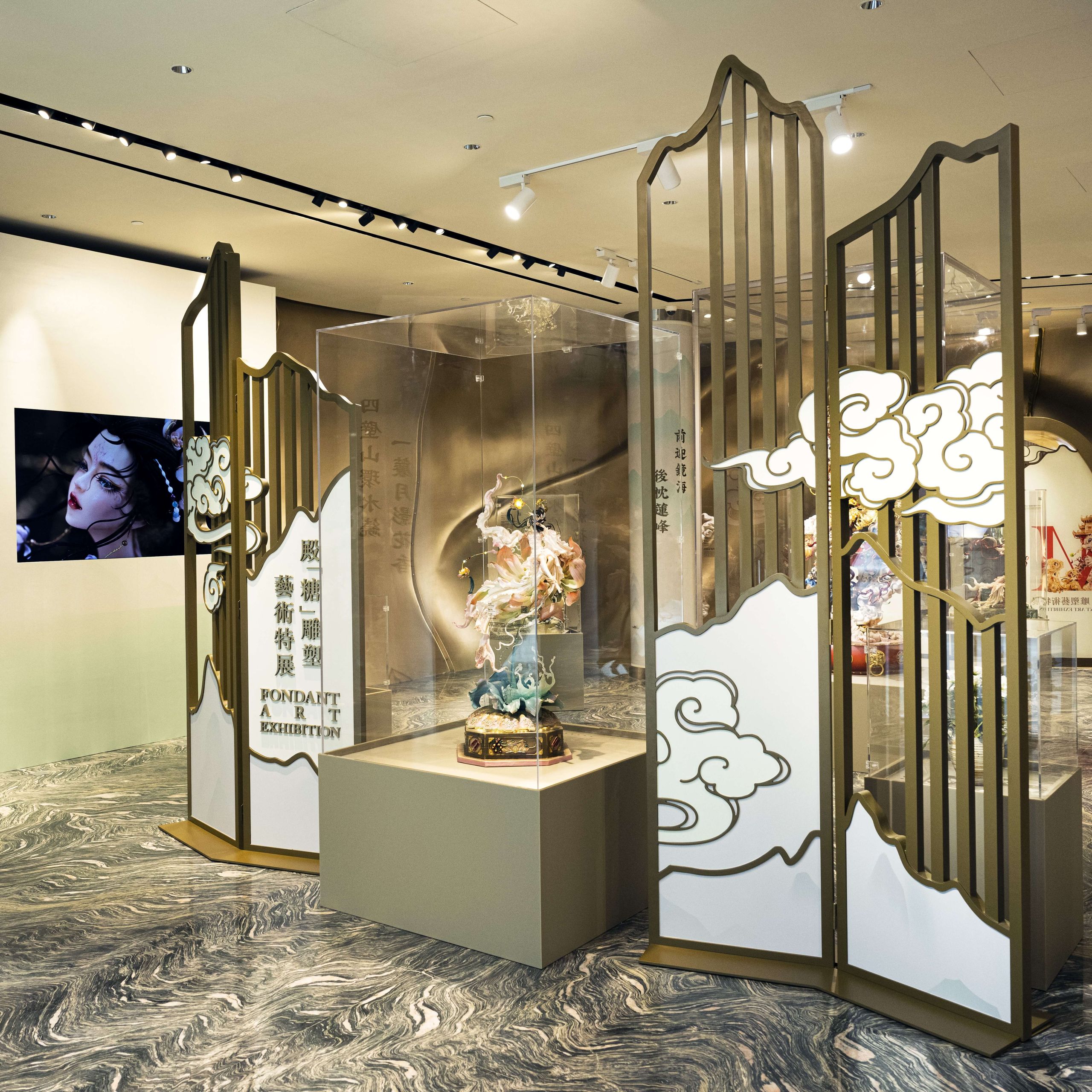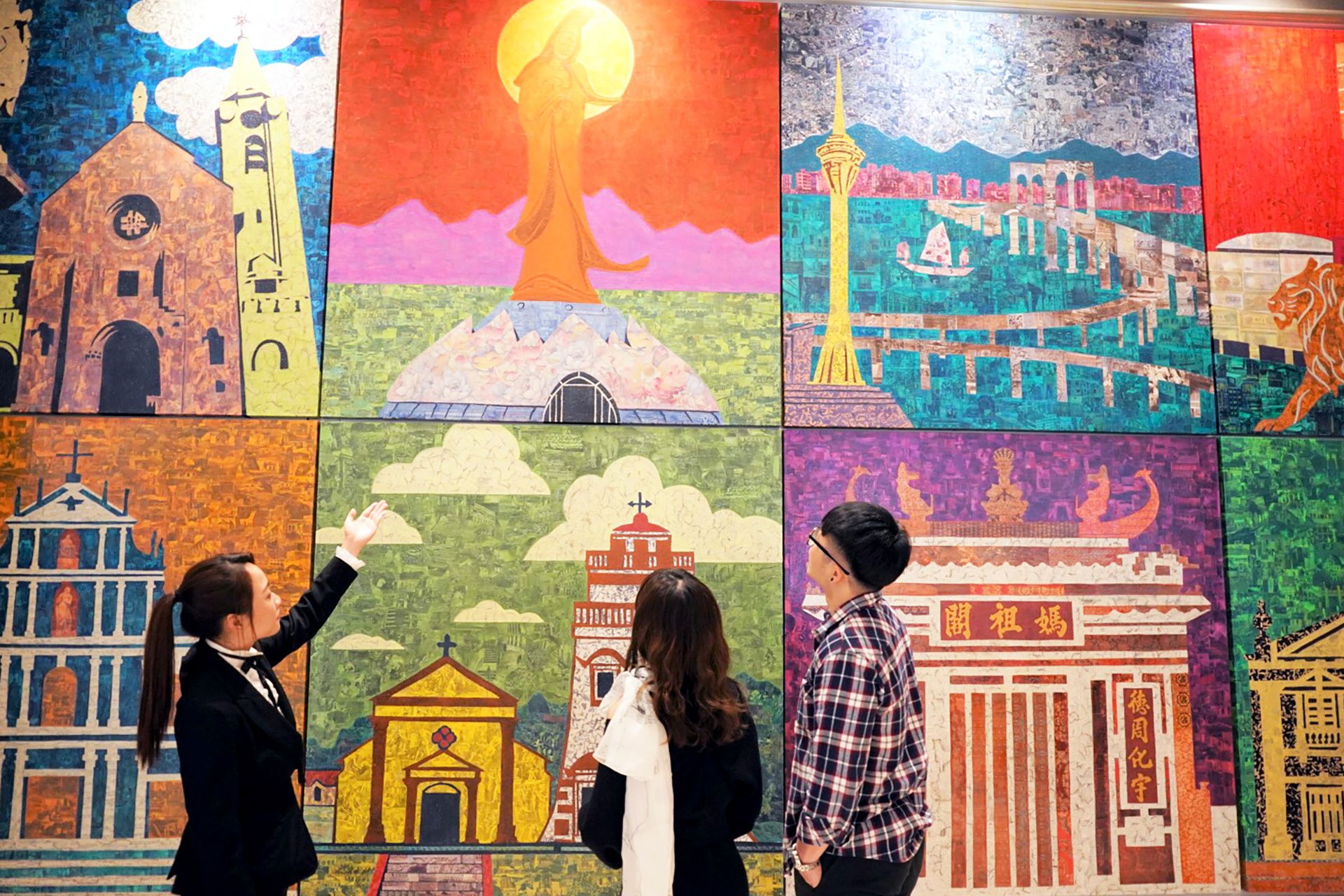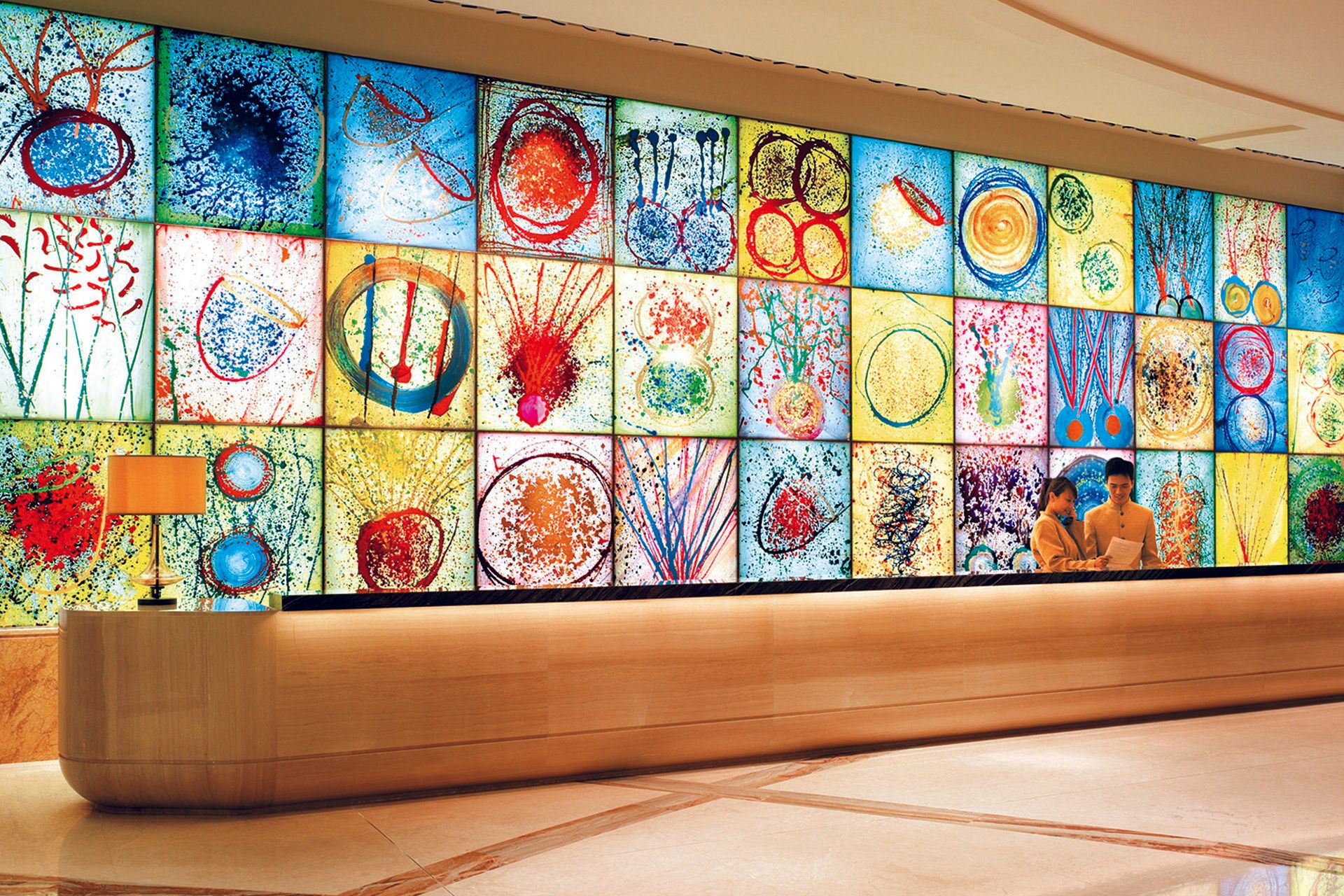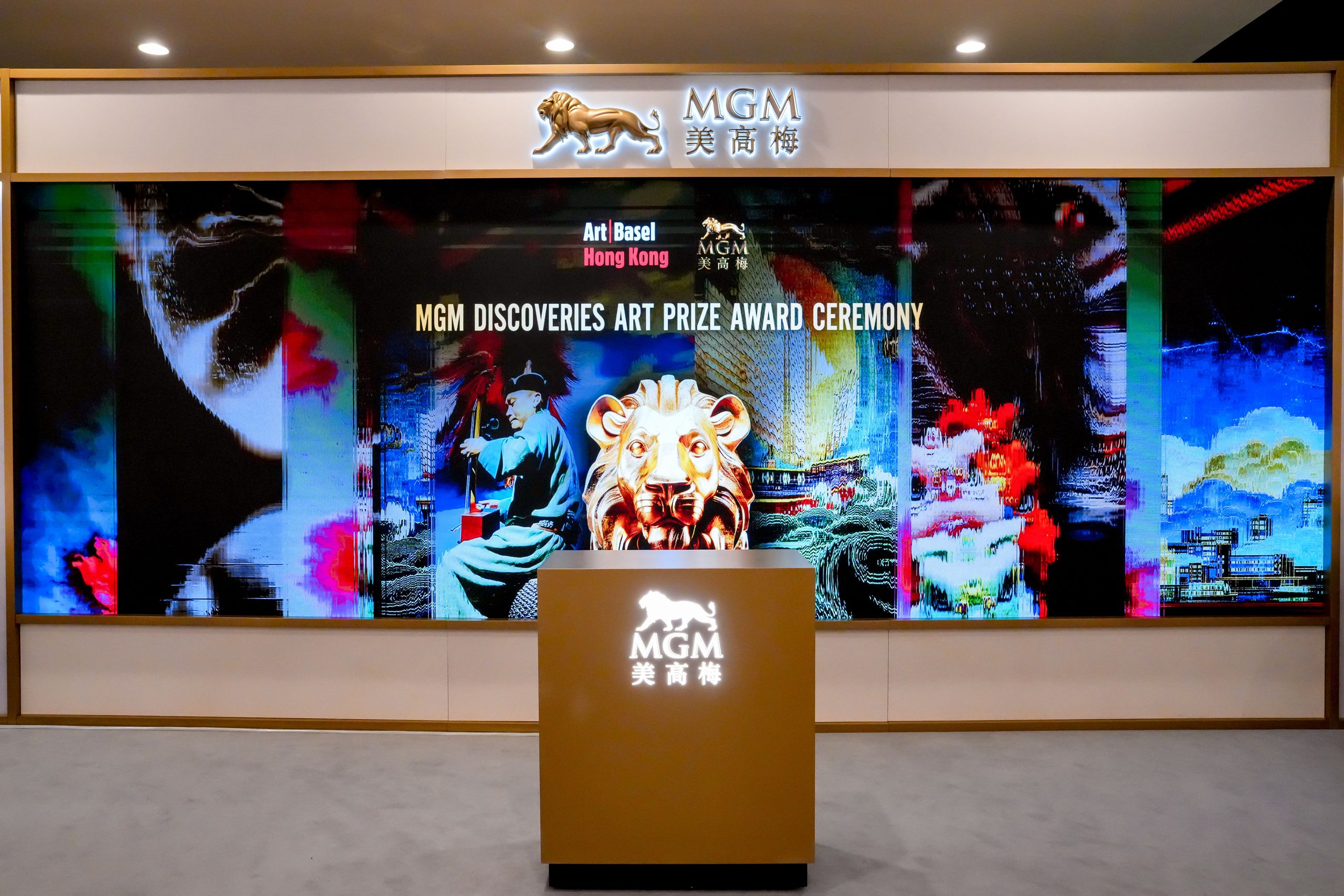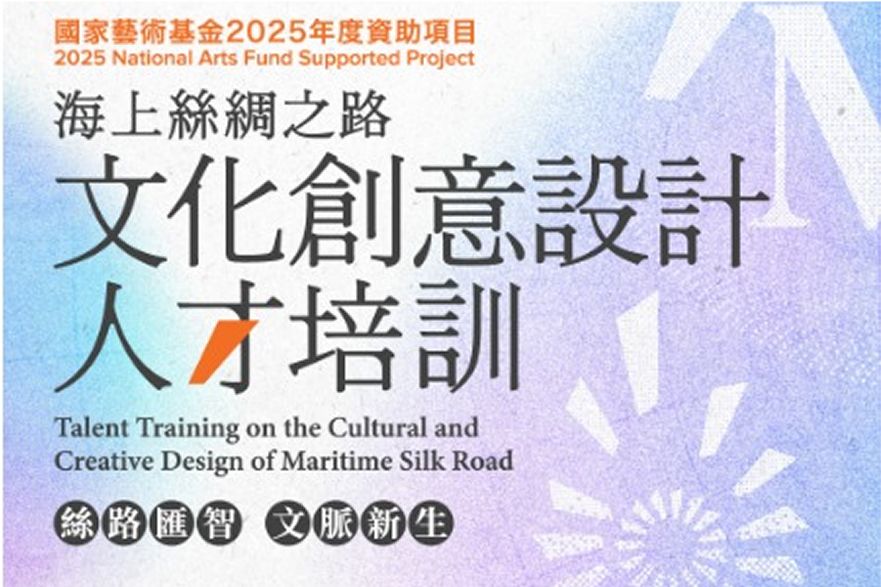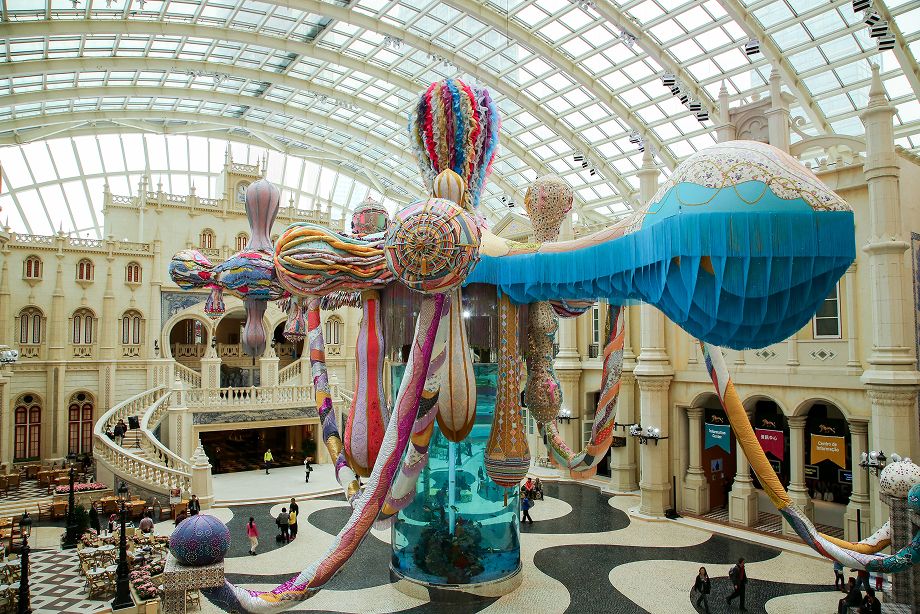Arts & Culture
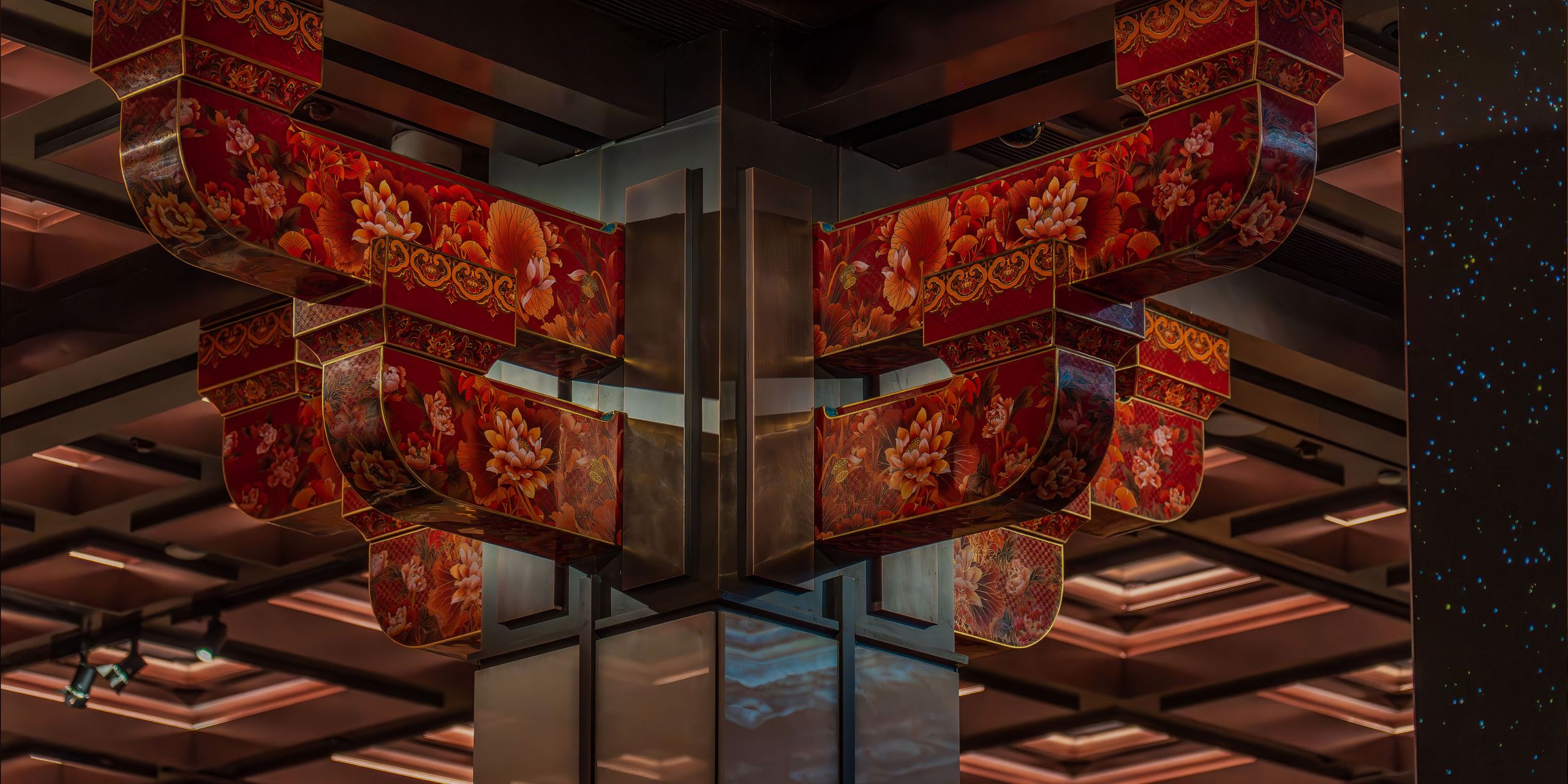
POLY MGM MUSEUM
Step into the POLY MGM MUSEUM, a world-class museum as well as a cultural tourism landmark at the forefront of Asia, where East meets West and past meets present. Immerse yourself in the splendor of Chinese intangible cultural heritage and embark on a multisensory journey that seamlessly integrates tradition, culture, innovation, and cutting-edge technology.
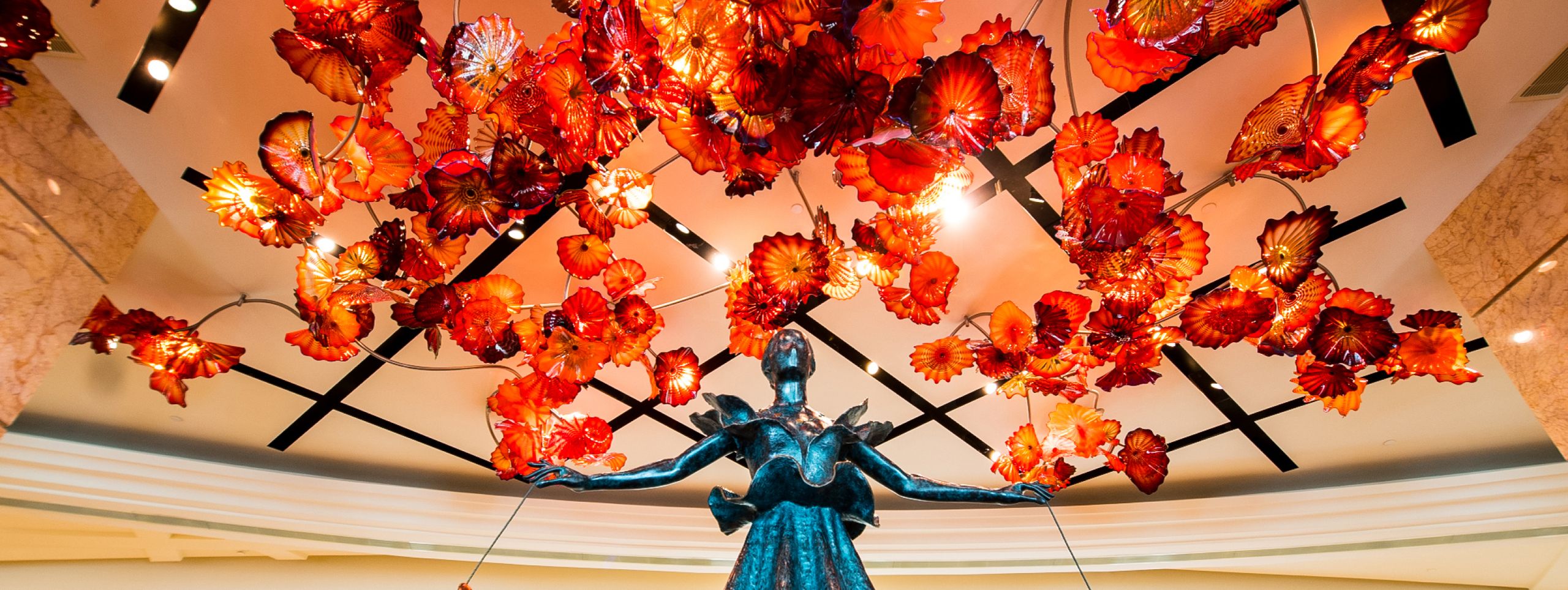
Art of Living, Living in Art
MGM fosters an open, inspiring artistic environment that reimagines cultural engagement—inviting the public to immerse in extraordinary works, spark imagination, and explore new ways of thinking. Embracing the spirit of “life as art”, we unite diverse cultures and interactive innovation through a dynamic cross-disciplinary platform. Guided by the vision of “Beautiful Life • Wonderful Journey”, we are committed to shaping Macau into a global hub for artistic exchange and leading a new era of cultural tourism.
Exploring Art in MGM
Art Initiatives & Past Exhibitions
 Macau international Airport
Macau international Airport Hong Kong-Zhuhai-Macao Bridge Border Gate Hengqin Port
Hong Kong-Zhuhai-Macao Bridge Border Gate Hengqin Port Macau Outer Harbour Ferry Terminal Taipa Ferry Terminal
Macau Outer Harbour Ferry Terminal Taipa Ferry Terminal
